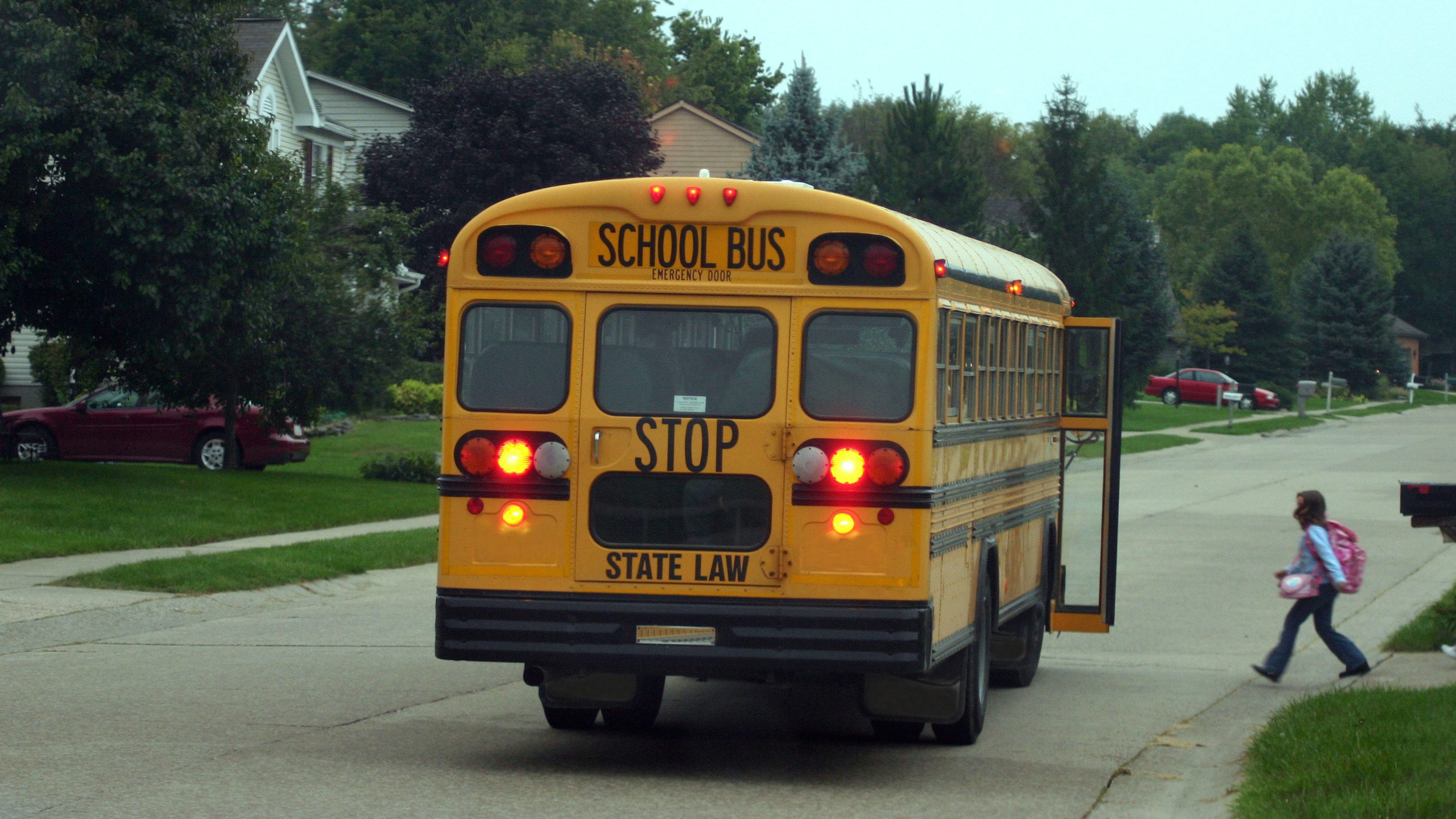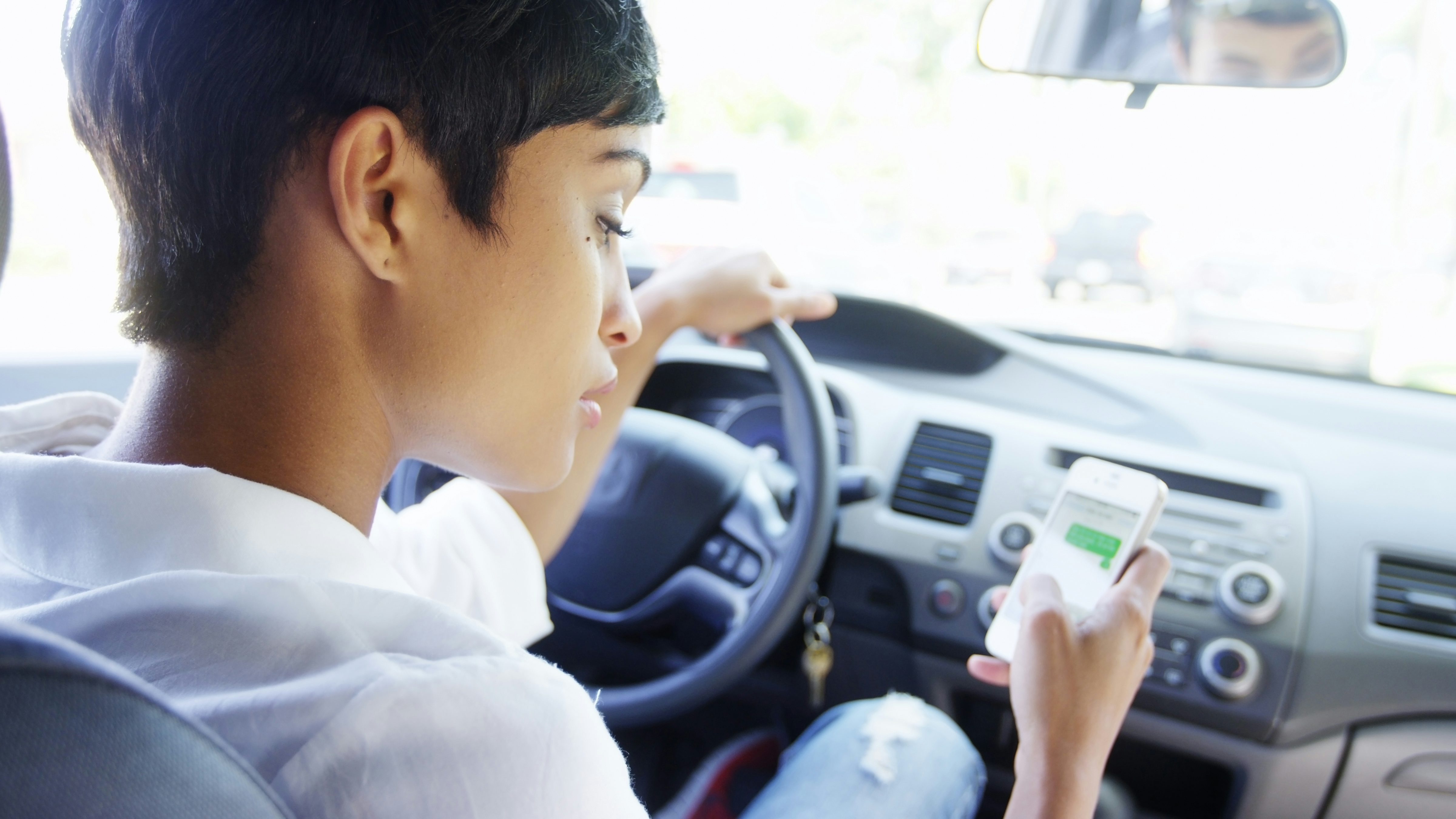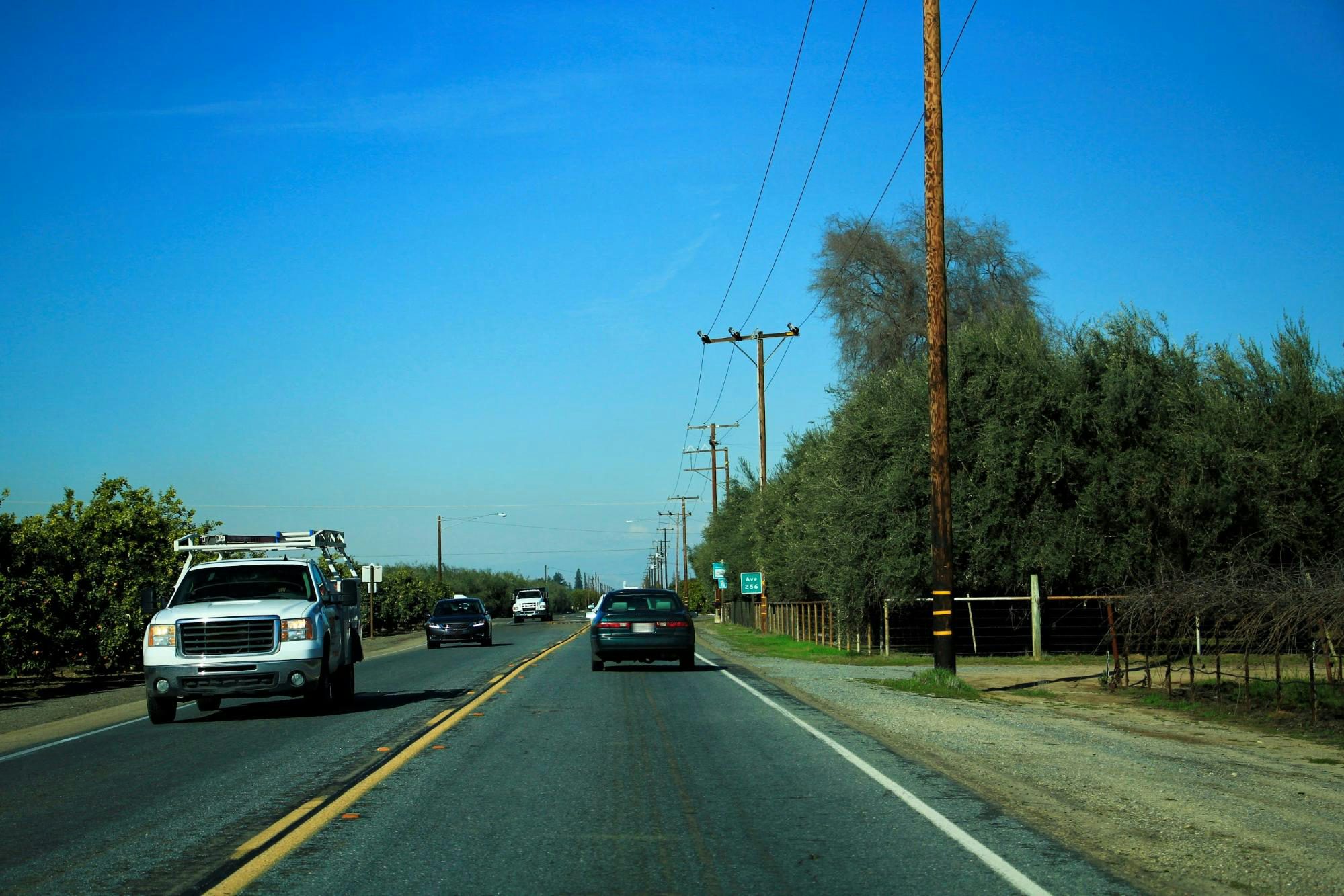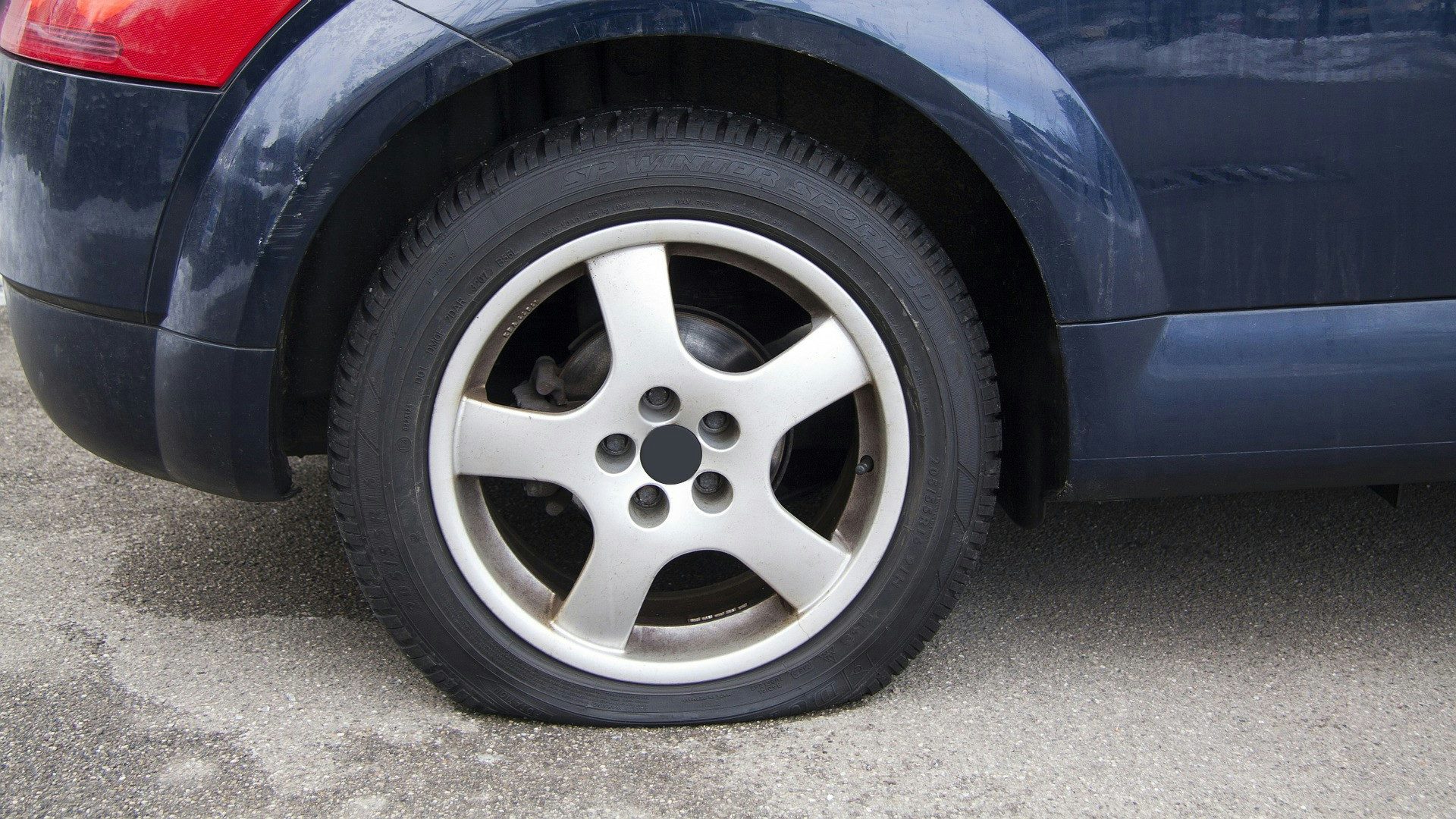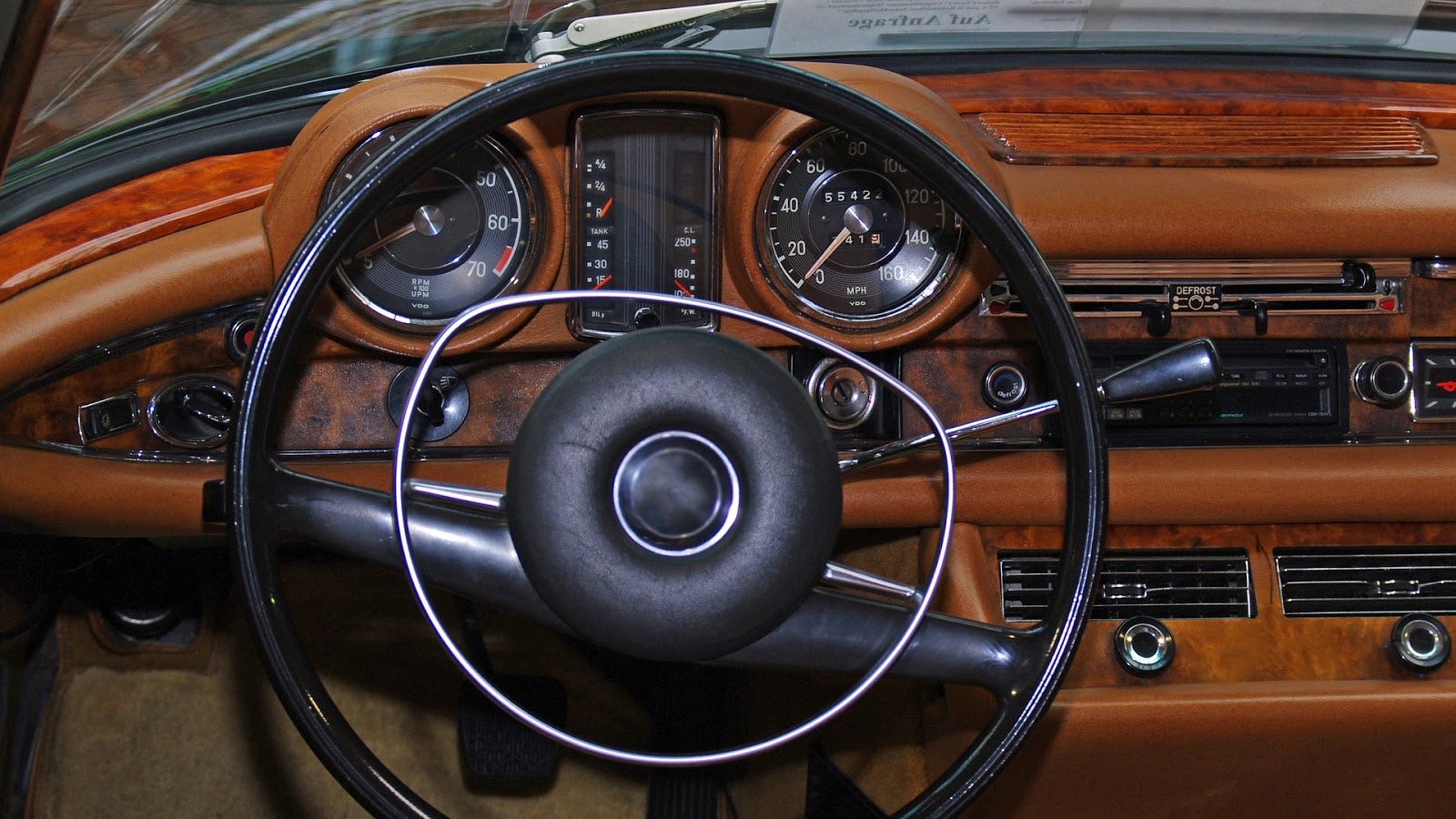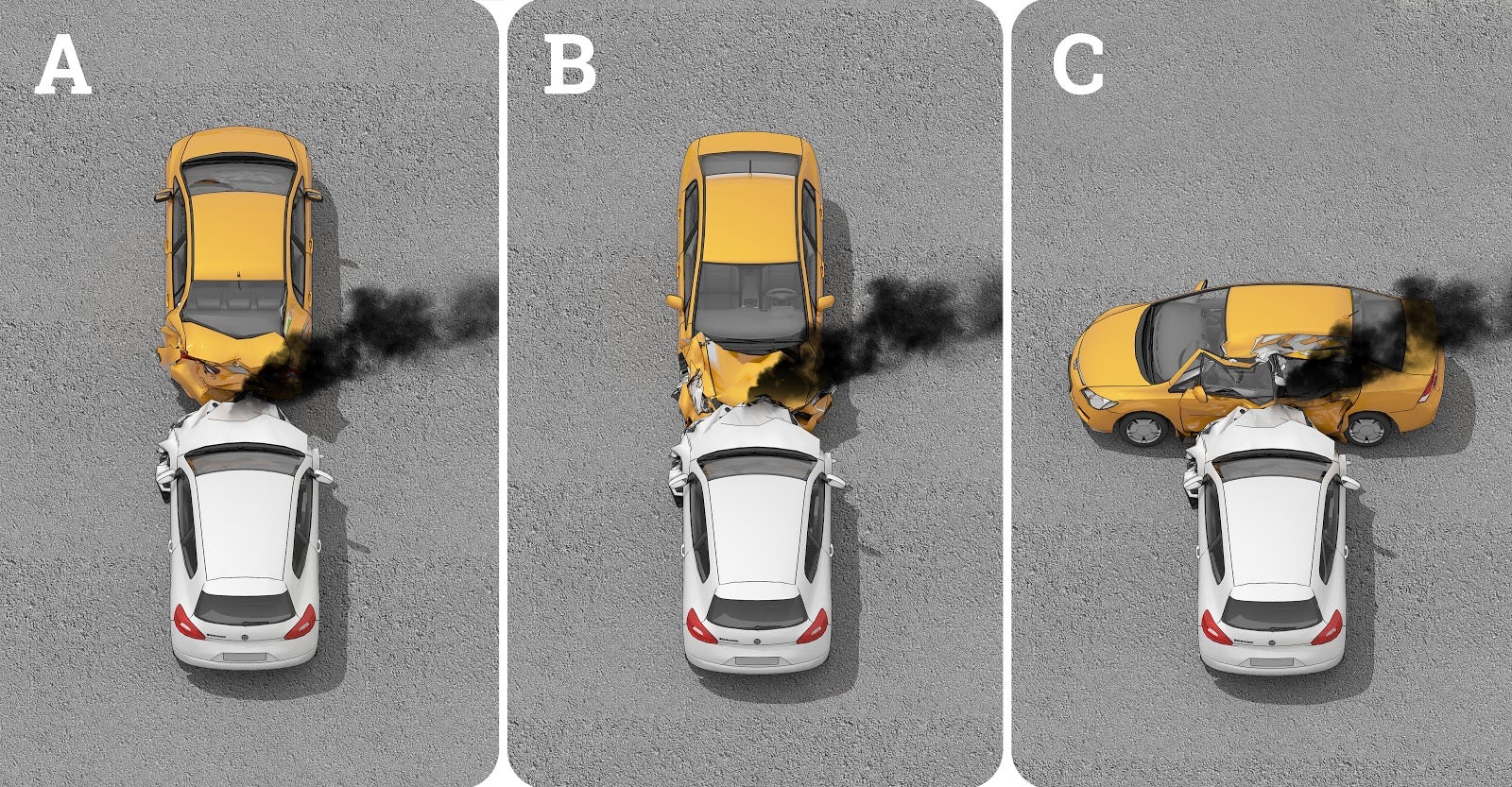Washington DOL Permit Test Simulator 2025
This Washington DOL permit test simulator is specifically made to give you a realistic idea of the types of questions you will face on the real test under real testing conditions. Our WA DOL test simulator consists of 40 randomly selected multiple-choice questions, just like the actual exam. To pass, you must correctly answer 32 of these questions. Prepare to be tested on your knowledge of everything from traffic laws and road signs to the specific rules for driving in Washington State.
The real test is harder than you may think, and many students underestimate the complexity of the questions. Common mistakes during the actual test often arise from misunderstanding basic Washington laws. To help our students avoid making the same mistake, our permit test simulator provides detailed explanations for each incorrect answer at the end of your attempt, ensuring that you learn from your mistakes. This feature helps you fully grasp the rules and identify areas that need improvement. Remember that shortcuts, like cramming or using cheat sheets, often backfire and lead to bad test results. We help students prepare properly, familiarizing them with the style of questions and reducing anxiety on test day. Also, don't forget to read the Washington State Driver's Handbook - it is one of the most important steps in preparing for the WA permit test and becoming a responsible driver. The handbook is a comprehensive guide covering the rules of the road, safety practices, and state-specific laws you will need to know. Together with the driver's handbook, our Washington permit test simulator is an invaluable tool for you to ace your DOL test.
More resources
Country
